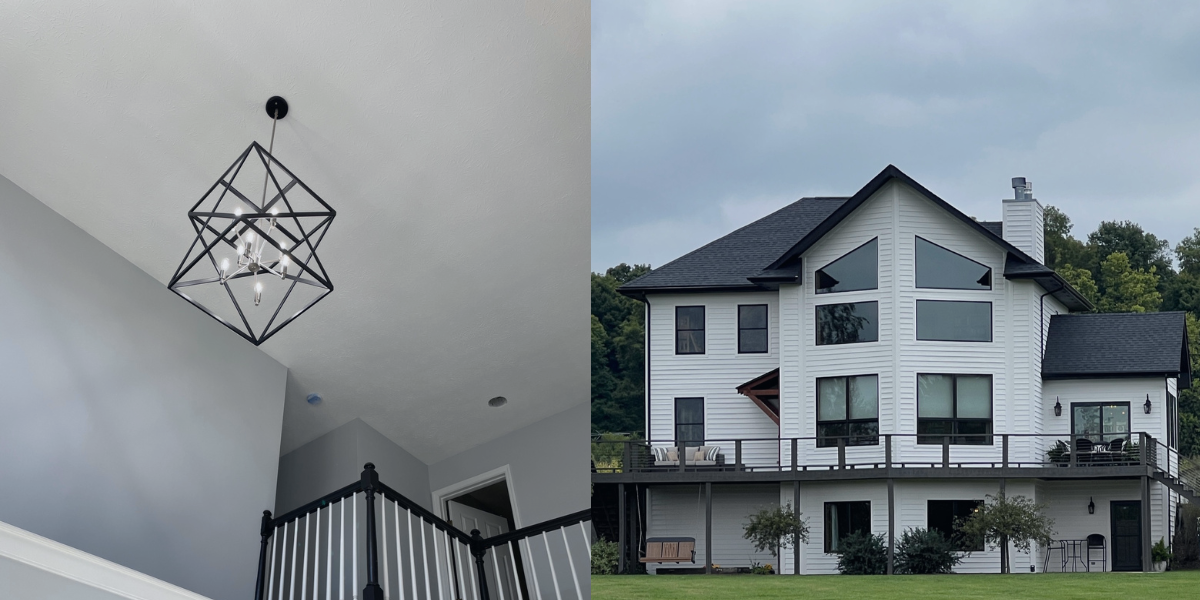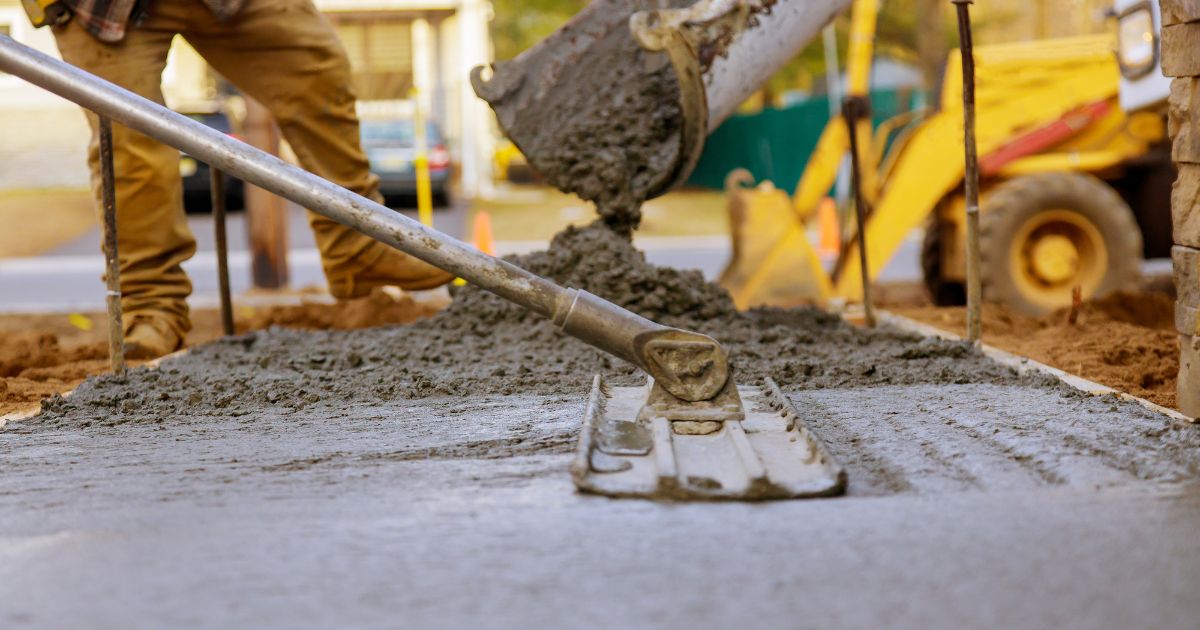Interior vs Exterior Residential Painting: What You Need to Know

Painting your home is one of the easiest ways to give it a fresh, new look. Whether you’re painting inside or outside, the results can be great—but the process is not the same. Interior and exterior painting have different needs, tools, and steps. Here’s what you need to know about both.
Different Types of Paint
Interior paint and exterior paint are made for different jobs. Interior paint is for inside the house. It doesn’t need to handle sun, rain, or changing temperatures. It’s made to be easy to clean and low in smell.
Exterior paint is made to handle outdoor weather. It must stand up to sun, wind, rain, and more. This paint is stronger and may have a stronger smell. It also takes longer to dry because it is thicker and more durable.
Surface Prep is Different
For both inside and outside, cleaning and fixing the surface is important. … Read More


